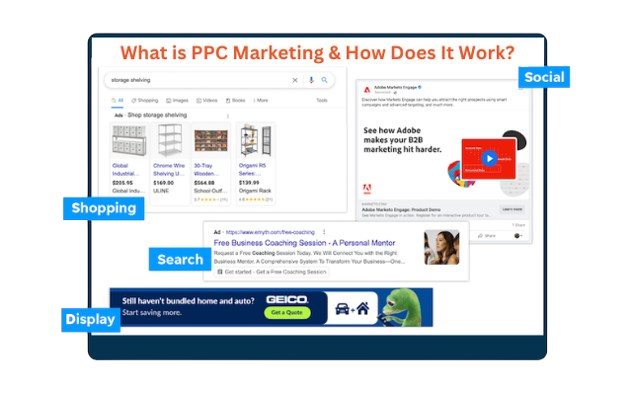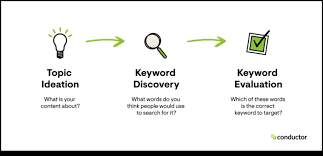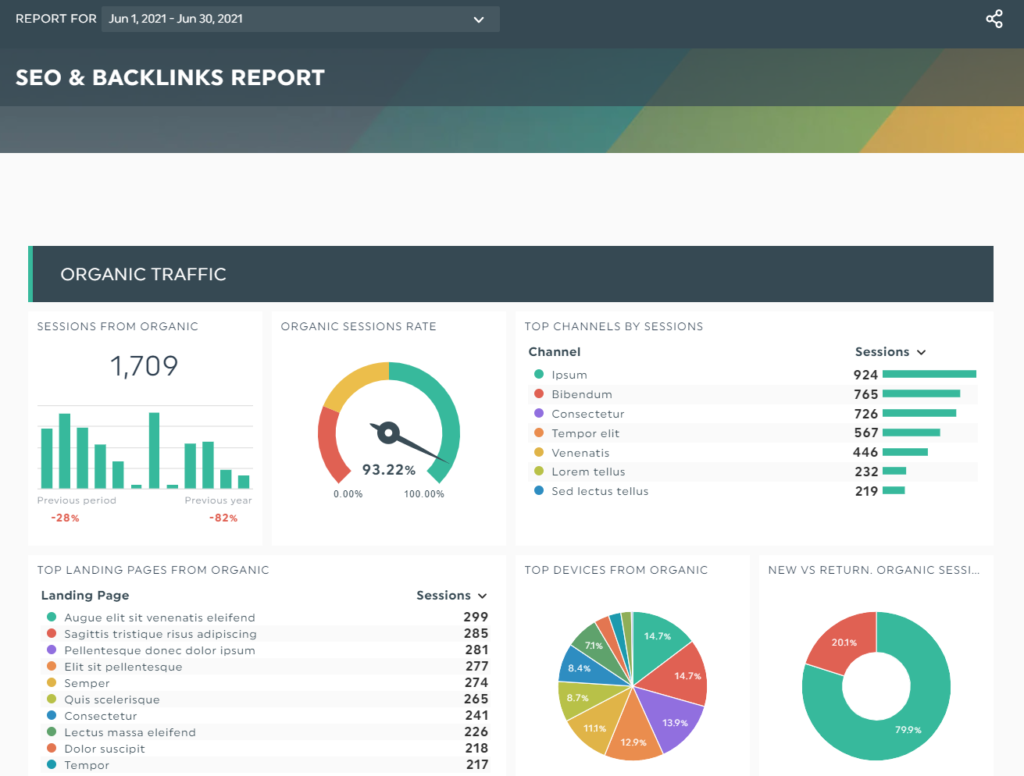Why Use PPC for Blog Traffic?
Pay-Per-Click (PPC) advertising is one of the best ways to increase visitors to your blog or content pages. With the right strategy, you can attract the right audience, boost engagement, and improve SEO rankings.

Step 1: Choose the Right Keywords
The key to a successful PPC campaign is targeting the right keywords. Use:
- Long-tail keywords (e.g., “best SEO tips for beginners”) for high intent users.
- Question-based keywords (e.g., “How to improve website traffic?”).
- Branded keywords to attract people searching for your brand.
💡 Need help choosing the best keywords? Check out our SEO services.

Step 2: Write Engaging Ad Copy
Your ad needs to be compelling enough to make people click. Keep it:
- Clear and direct – Tell users what to expect.
- Benefit-driven – Highlight how your blog will help them.
- Actionable – Use CTAs like “Read Now,” “Learn More,” or “Discover the Secret.”
Step 3: Optimize Landing Pages
Your blog should be fast, mobile-friendly, and user-friendly to keep visitors engaged.
- Use attractive headlines to capture attention.
- Keep content easy to read with short paragraphs.
- Add relevant internal links (e.g., Google Ads tips).
Step 4: Use Retargeting Ads
Many users don’t convert on the first visit. Use retargeting ads to bring them back.
- Show ads to previous visitors.
- Offer free guides, checklists, or discounts.
- Keep reminding them about your valuable content.
🚀 Want expert PPC management? Check out our Paid Ads services.
Step 5: Track and Improve
Monitor your PPC performance to ensure your ads are effective.
- Use Google Analytics to track blog visits.
- Adjust your bids and ad placements for better ROI.
- Test different ad copies to see what works best.

Final Thoughts
PPC is a powerful tool to drive traffic to your blog, but it needs the right strategy. By using the right keywords, compelling ad copy, and optimizing your landing pages, you can attract more readers and grow your audience.
📞 Call us at 0161 399 3517
📧 Email us at Syed_66@hotmail.com
🌐 Visit: Social Media Max

